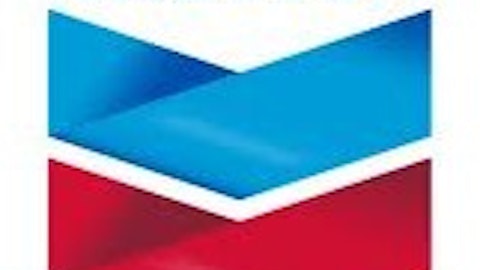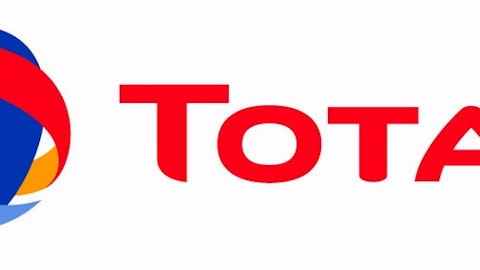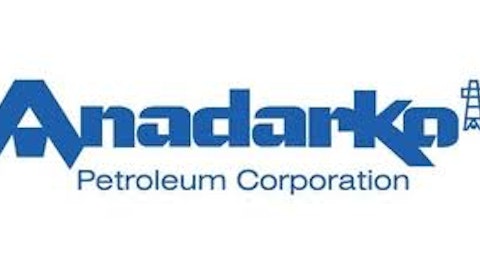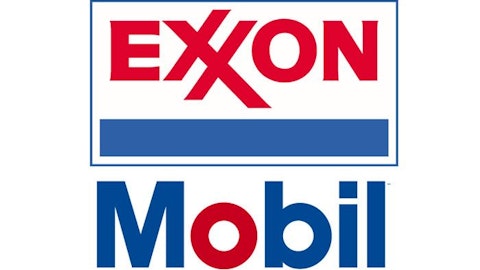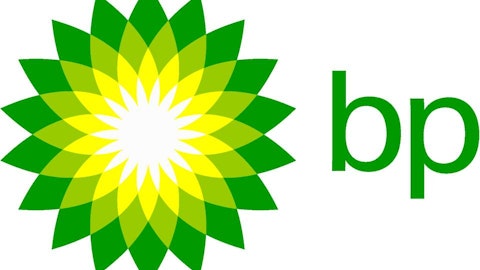Geospace Technologies Corp (NASDAQ:GEOS) has a pivotal role in the energy sector, but don’t expect its shares to go soaring–not in the immediate future anyway. The most that Geospace can do for the medium term is perhaps bring some cheer to every Tom, Dick, and Harry as they see some moderation of gas pump prices, which certainly have nowhere to go but higher. On the other hand, Geospace’s shares can be a productive addition to your portfolio.
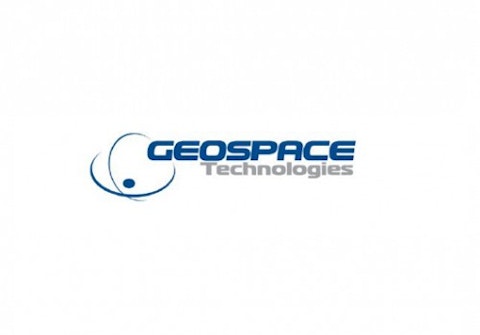
Seismic Tools’ Vital Role in Oil Search
What fueled the stocks’ ascent was Geospace’s first quarter net income of $22.01 million, or $1.70 per share, an increase from $8.69 million, or $0.68 per share, in the year-earlier quarter. First quarter sales revenue soared by 80 percent to $77.75 million from $43.28 million in the year-ago period. Both net profit and revenue results substantially exceeded expectations of stock analysts, with some crystal balls indicating just $1.21 in earnings per share for the first quarter.
The rosy performance of Geospace provides a glimpse of the great importance of seismic data collection to the oil and gas exploration industry and how a company with such a core competency can harness the many opportunities in the business.
Heightened Search for Hydrocarbon Deposits
Bear in mind that exploration of new sources of hydrocarbon fossil fuels in recent years has been stimulated by aging oil fields, which have fallen in terms of productivity. Also, the ever-increasing prices and demand for oil and gas are drivers to increased investments in exploration activity. Searching for hydrocarbon deposits and digging oil wells, onshore or offshore, are multimillion-dollar investments. Hence, what oil search companies want are technologies like those that Geospace has, which can help locate hydrocarbon deposits more accurately and speedily for optimal results.
Several other companies servicing the oil and gas exploration industry are benefiting from the increased spending on oil and gas exploration following the continuing growth in demand for energy. One is Bolt Technology Corp. (NASDAQ:BOLT), whose shares were recently upgraded by TheStreet from hold to buy following its strong revenue growth, which has significantly outperformed the 11.1 percent industry average. The company’s net income during the September 2012 quarter rose 136.7% to $1.70 million from a year ago, a growth greatly exceeding that of the S&P 500 and the energy equipment and services industry.
The company has four operating units: Bolt Technology Corporation, A-G Geophysical Products, Inc., Real Time Systems Inc, and SeaBotix Inc. Its four business segments consist of seismic energy sources reportable segment (Bolt), underwater cables and connectors reportable segment (A-G), seismic energy source controllers reportable segment (RTS) and underwater robotic vehicles segment (SBX).
$160-Million Bonanza from Norwegian Deal
Notably, one of the major primers of Geospace’s first quarter revenue growth is a $160-million contract in the Snorre and Grane fields on the Norwegian continental shelf. Under this contract, Geospace will supply Statoil ASA(ADR) (NYSE:STO) 660 kilometers of (410 miles) of seabed seismic reservoir monitoring systems on the Norwegian continental shelf.
One of Norway’s oil majors, Statoil has been awarded interest in fourteen production licenses on the Norwegian continental shelf, of which it will operate seven. These development projects are expected to be one of the growth drivers of Statoil’s objective of increasing its daily production to 2.5 mmboe (million oil barrels of oil equivalent) per day by 2020 and, in turn, boost its profits.
For 2012, the company met its production growth target of 8 percent. For the fourth quarter of 2012 it reported an operating income of NOK 45.8 billion and net income of NOK 13.0 billion. Its strong earnings growth enabled the company to increase its 2012 dividend to NOK 6.75 per share from NOK 6.50 in 2011.
More to Expect for Geospace
Companies like Geospace service Statoil, and hence can expect more business from the Norwegian oil major as it seeks to boost its output by 25 percent by the end of this decade. This year the company has set a $19 billion capital expenditure, up from the $18 billion it spent in 2012. This spending would average an estimated $21 billion annually up to 2016 as Statoil hikes it exploration investments and puts new developments on stream.
Delivery of the Geospace systems to Statoil’s Norwegian projects will be made at various intervals and will extend into 2015, yet another indication of the solid footing of companies servicing the hunt for hydrocarbon deposits. Therefore, further solidifying a position in Geospace appears warranted for any forward-looking investor. The Statoil deal alone will deliver about 45 percent, 40 percent, and 15 percent of the contract revenues for FY 2012, 2014, and 2015, respectively. Moreover, other drivers of the company’s growth—wireless and reservoir products—are expected to continue bringing in robust results, an add-on for analysts to bump up earnings forecasts for Geospace, which will certainly benefit as it helps sate the world’s thirst for oil.
The article Quench the World’s Thirst for Oil originally appeared on Fool.com and is written by Renia Bula.
Copyright © 1995 – 2013 The Motley Fool, LLC. All rights reserved. The Motley Fool has a disclosure policy.
